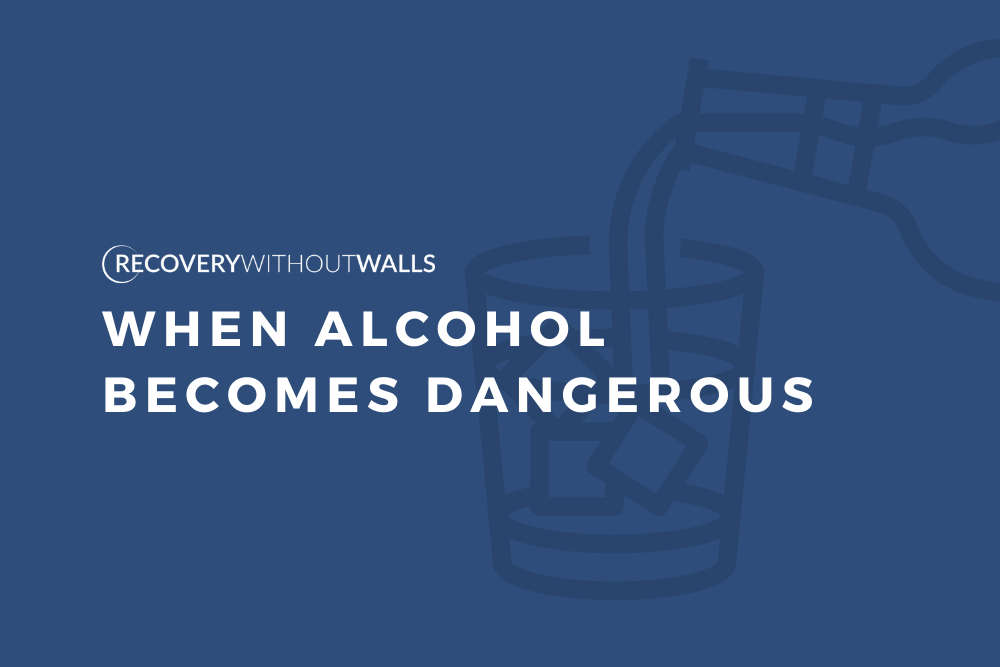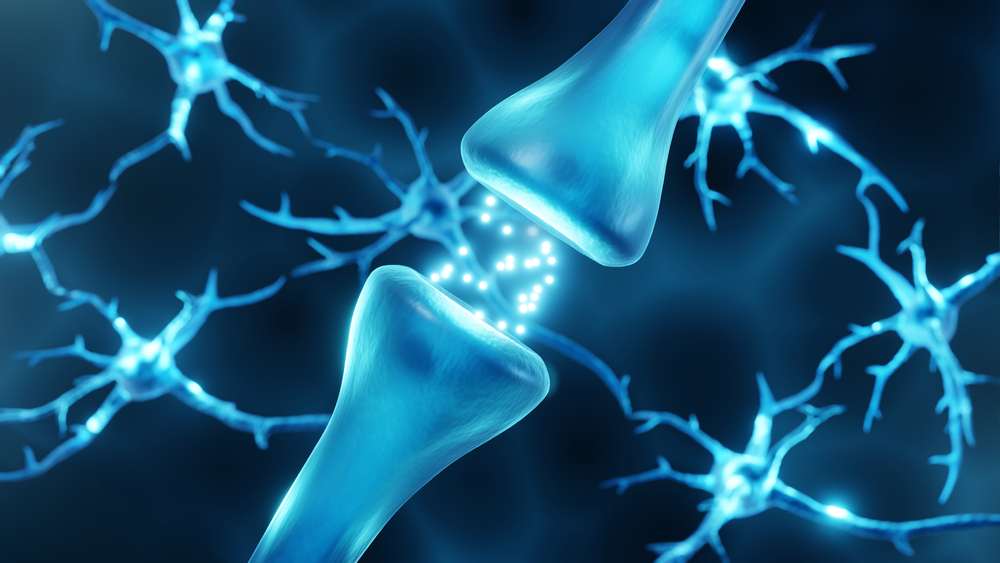
What is Methadone?
Someone with an opioid use disorder may receive treatment that involves a medication called methadone. This medication can help reduce the negative effects of opioid withdrawal in a manner that reduces cravings for the drug but does not produce the feeling of euphoria that the opioid abuse may have caused in the individual. Methadone and another medication, buprenorphine, are approved treatment options that aid in recovery by helping the individual maintain abstinence from the abused opioids.
Is Methadone Meth?
The terms may be confusing, but “meth” is short for methamphetamine. Meth is a powerful stimulant that affects the central nervous system and is highly addictive. It is produced in a powder form that can also be made into a pill, a liquid for injection, or into a crystal form for smoking.
Methadone also has the potential to be misused when its use is not medically supervised. The drug can be known by its street terms, amidone, fizzies, or wafer. However, it’s important to note that methadone is not meth.
What is Methadone Used For?
Methadone is approved by the Food and Drug Administration (FDA) to treat an individual’s opioid use disorder as part of a medication-assisted treatment method. Methadone can also be used for pain management, when under the supervision of a medical professional. The medication has been shown to help individuals achieve and sustain their recovery from an addiction to opioids. It is one component of a comprehensive addiction treatment plan, which also includes counseling and therapies.
Does Methadone Block Opiates?
A long-acting opioid agonist, methadone works to reduce opioid craving and withdrawal as it blocks or blunts the effects of those opioids. Methadone is in the same family as opioids, but it can be used safely under medical supervision as a way for a person to taper off the addictive and dangerous drugs. The use of methadone as well as the use of buprenorphine must be accompanied by professional counseling and other recovery support options.
How Long Does Methadone Last?
Methadone can remain active in a person’s system anywhere from 8 to 59 hours. This means that withdrawal is slow and lasts longer than with some other drugs. Acute methadone withdrawal symptoms can last as long as 14 days and many individuals experience symptoms for months after their last dose. Most people will experience withdrawal symptoms within two to four days after their last dose.
Is Methadone Addictive?
The medication can cause a physical dependency when taken on a daily basis for an extended period of time. A dependency means that an individual may experience withdrawal symptoms if the methadone is stopped abruptly. Methadone is a Schedule II substance, as classified under the Controlled Substances Act, meaning that it has a high potential for abuse. Cocaine and methamphetamine are also classified as Schedule II drugs. When these drugs are abused, it can lead to serious physical or psychological dependence.
The Advantages of Buprenorphine/Suboxone Over Methadone
Methadone and buprenorphine, also known as Suboxone, can be used to help a person overcome their addiction to opioids and sustain their recovery. Methadone is a Schedule II drug, while buprenorphine is a Schedule III drug. Schedule II drugs generally have a higher potential for addiction than Schedule III drugs.
Both medications are administered in conjunction with other treatment options under professional supervision, and both have the goal of eliminating withdrawal symptoms for a person who is addicted to opioids. However, buprenorphine is a partial agonist so there is a ceiling effect for the level of respiratory depression it can cause, so there is a reduced risk of overdose with the medication.
How Does Buprenorphine/Suboxone Work?
The FDA approved buprenorphine in 2002, which made it the first medication eligible to be prescribed by medical professionals under the Drug Addiction Treatment Act. As a partial opioid agonist, buprenorphine binds to the opioid receptors but activates them in a less strong manner than full agonists do. Similar to methadone, buprenorphine has been shown to reduce cravings and ease the withdrawal symptoms for an individual who is addicted to opioids and patients tend to tolerate the medication well.
Contact Recovery Without Walls for Opioid Addiction
The healthcare professionals at Recovery Without Walls offer personalized and confidential opioid addiction treatment, focused on providing comfortable, caring, physician-directed withdrawal management, medication management, and tapering protocols. Medication-assisted treatment at Recovery Without Walls involves much more than simply administering medications.
We are here to guide you through safe and effective withdrawal from prescription medications such as opioids. We personalize your treatment based on evidence-informed research, exceptional psychotherapy, nutritional support, and integrative healing methods designed to treat your whole body. Contact us today to learn how we can help you.




